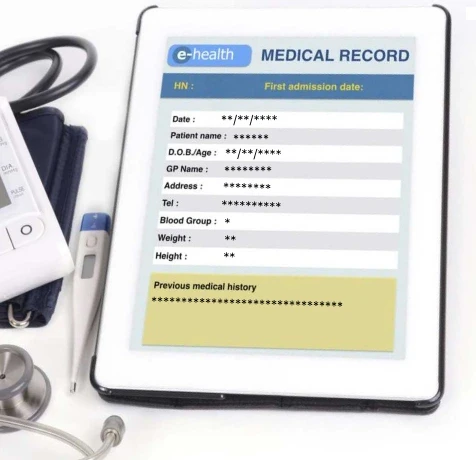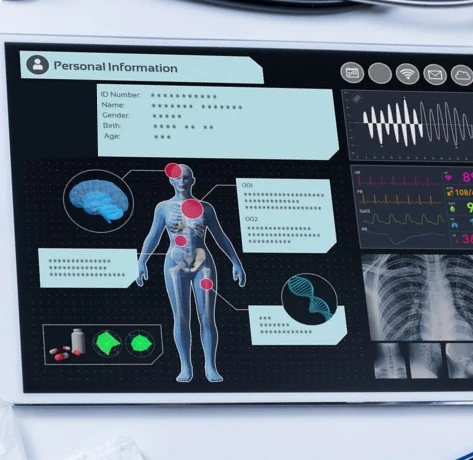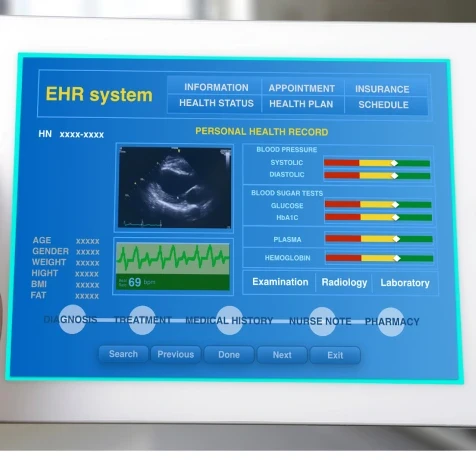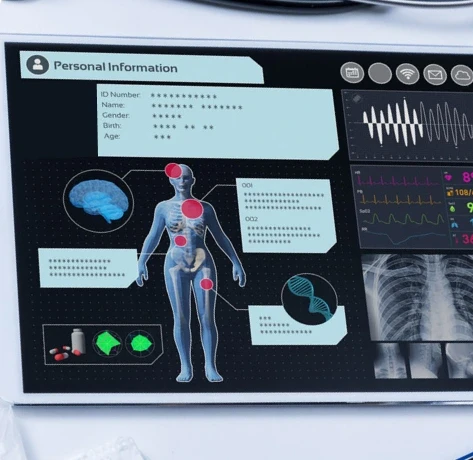Anomaly Detection in Healthcare Data
Home » Case Study » Anomaly Detection in Healthcare Data
Project Overview:
Objective
The primary objective of this project is to implement anomaly detection in healthcare data. By doing so, the system aims to automatically identify unusual patterns, outliers, and anomalies within healthcare datasets. This capability will assist healthcare providers, researchers, and organizations in detecting and addressing issues related to patient care, billing, and data integrity. Consequently, this will enhance the overall efficiency and reliability of healthcare services. Furthermore, by leveraging advanced anomaly detection techniques, we can ensure a higher standard of data accuracy and integrity, ultimately contributing to better healthcare outcomes and operational excellence.
Scope
This project focuses on the development of advanced anomaly detection algorithms that are capable of effectively analyzing a wide range of healthcare data types. These include patient records, claims, and medical imaging. By leveraging cutting-edge techniques, we aim to enhance the accuracy and reliability of detecting anomalies in healthcare data. Consequently, this will improve patient care and streamline administrative processes. Furthermore, integrating these algorithms with existing healthcare systems will facilitate real-time monitoring and prompt intervention, ultimately leading to better health outcomes and operational efficiency.




Sources
- To begin with, collect a comprehensive dataset of patient electronic health records (EHRs), which should include medical history, diagnoses, treatments, and outcomes. Additionally, gather healthcare claims data, encompassing billing, insurance, and reimbursement records. Furthermore, collect medical imaging data, such as X-rays, MRIs, and CT scans.



Data Collection Metrics
- Total Data Points: Thousands of patient records, claims, and medical images.
- Data Diversity: Ensure diversity in data sources and types to cover various healthcare scenarios.
Annotation Process
Stages
- Data Preprocessing: Clean and preprocess healthcare data to handle missing values, outliers, and inconsistencies.
- Feature Engineering: Extract relevant features from healthcare data, including patient demographics, medical codes, and imaging characteristics.
- Anomaly Detection Models: Train anomaly detection models, including statistical methods, machine learning algorithms like Isolation Forests or Autoencoders, or deep learning models for medical image analysis.
Annotation Metrics
- Anomaly Detection Accuracy: Measure the system’s ability to accurately identify anomalies in healthcare data.
- False Positive Rate: Evaluate the rate of false alarms or false positives in anomaly detection.




Quality Assurance
Stages
Expert Review: To begin with, engage healthcare professionals and data analysts to review a subset of detected anomalies for accuracy and relevance to healthcare domain knowledge. This initial step ensures that the anomalies are valid and significant within the healthcare context.
Continuous Improvement: Subsequently, regularly fine-tune anomaly detection models based on expert feedback and evolving healthcare data patterns. By continuously updating the models, we can better adapt to new trends and changes in the data, thereby enhancing the overall accuracy of the system.
Feedback Loop: Additionally, provide a feedback mechanism for healthcare professionals to report anomalies and contribute to model improvement. This ongoing feedback loop allows for real-time adjustments and refinements, ensuring that the system remains robust and effective over time.
QA Metrics
- Expert Review Cases: 10% of detected anomalies reviewed.
- Accuracy Improvement Rate: Measure improvements in anomaly detection accuracy over time.
Conclusion
The Anomaly Detection in Healthcare Data project is critical for improving patient care, billing accuracy, and data integrity in the healthcare industry. By automatically identifying anomalies and unusual patterns in healthcare data, it empowers healthcare providers and organizations to take proactive measures to address issues and improve healthcare outcomes. This technology contributes to better healthcare decision-making and patient care.

Quality Data Creation

Guaranteed TAT

ISO 9001:2015, ISO/IEC 27001:2013 Certified

HIPAA Compliance

GDPR Compliance

Compliance and Security
Let's Discuss your Data collection Requirement With Us
To get a detailed estimation of requirements please reach us.
